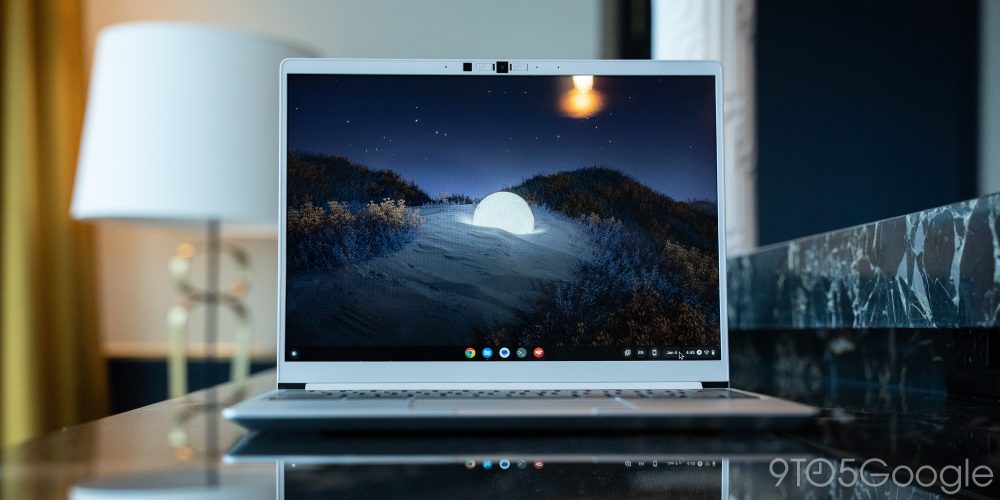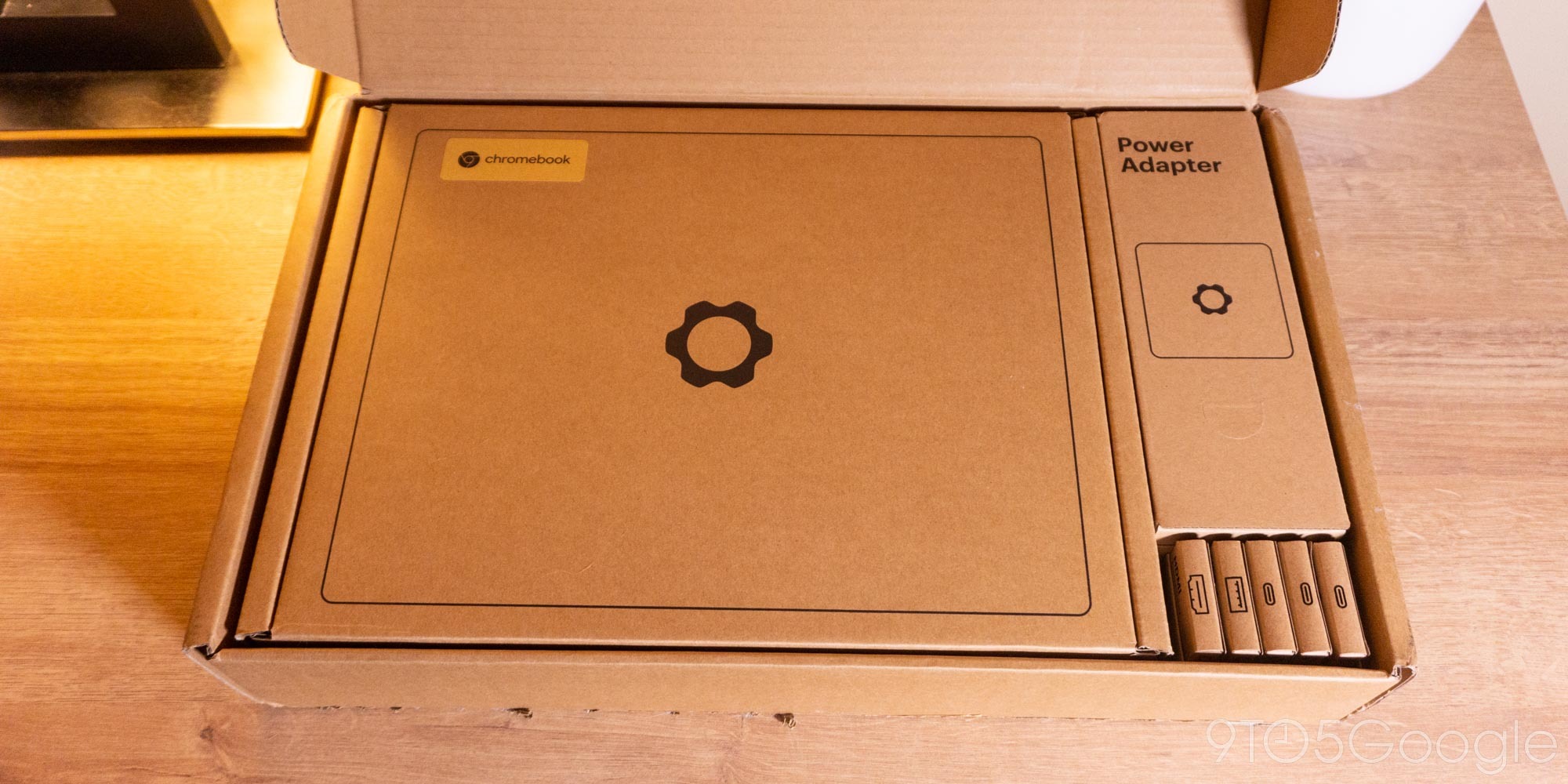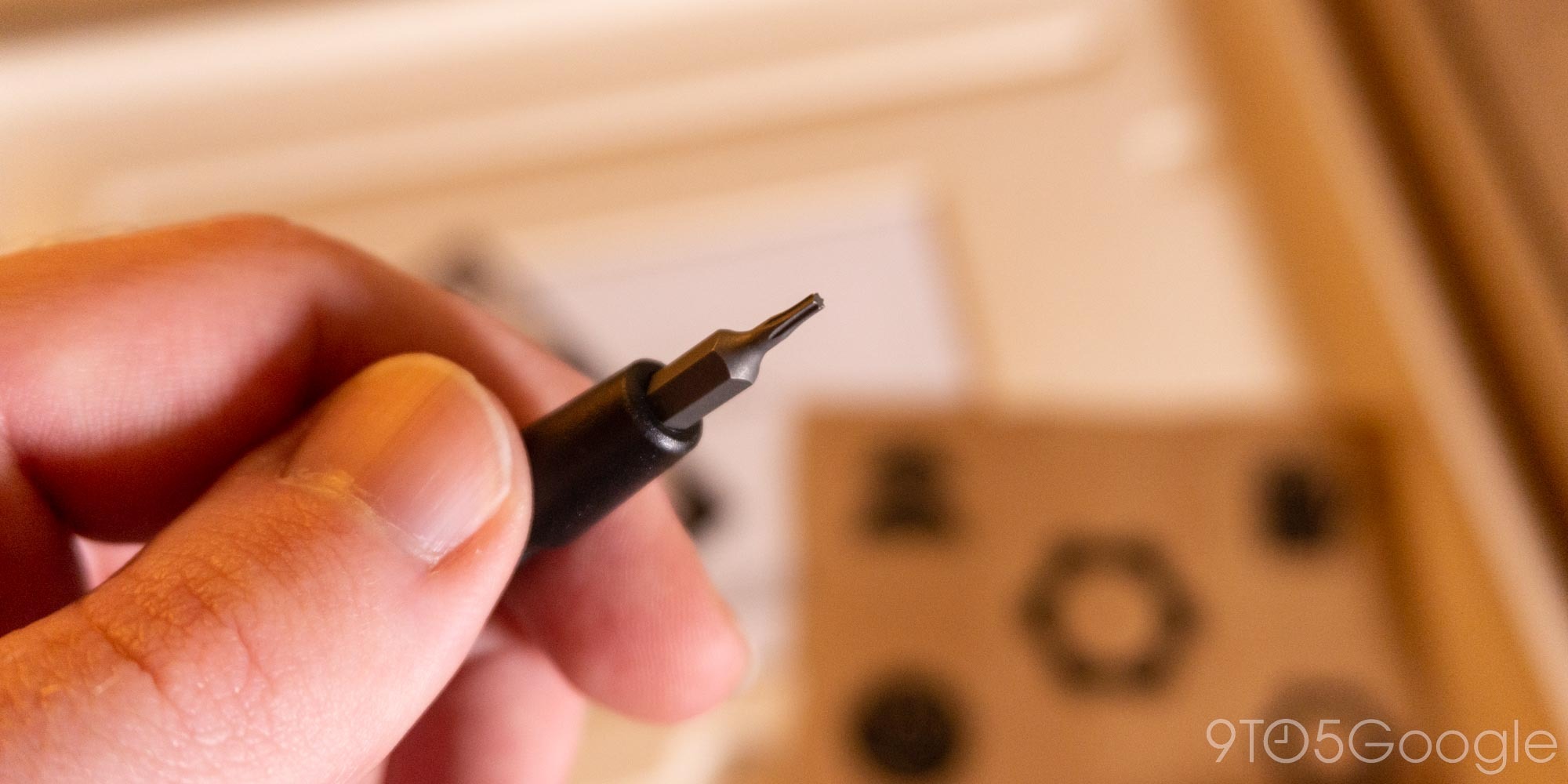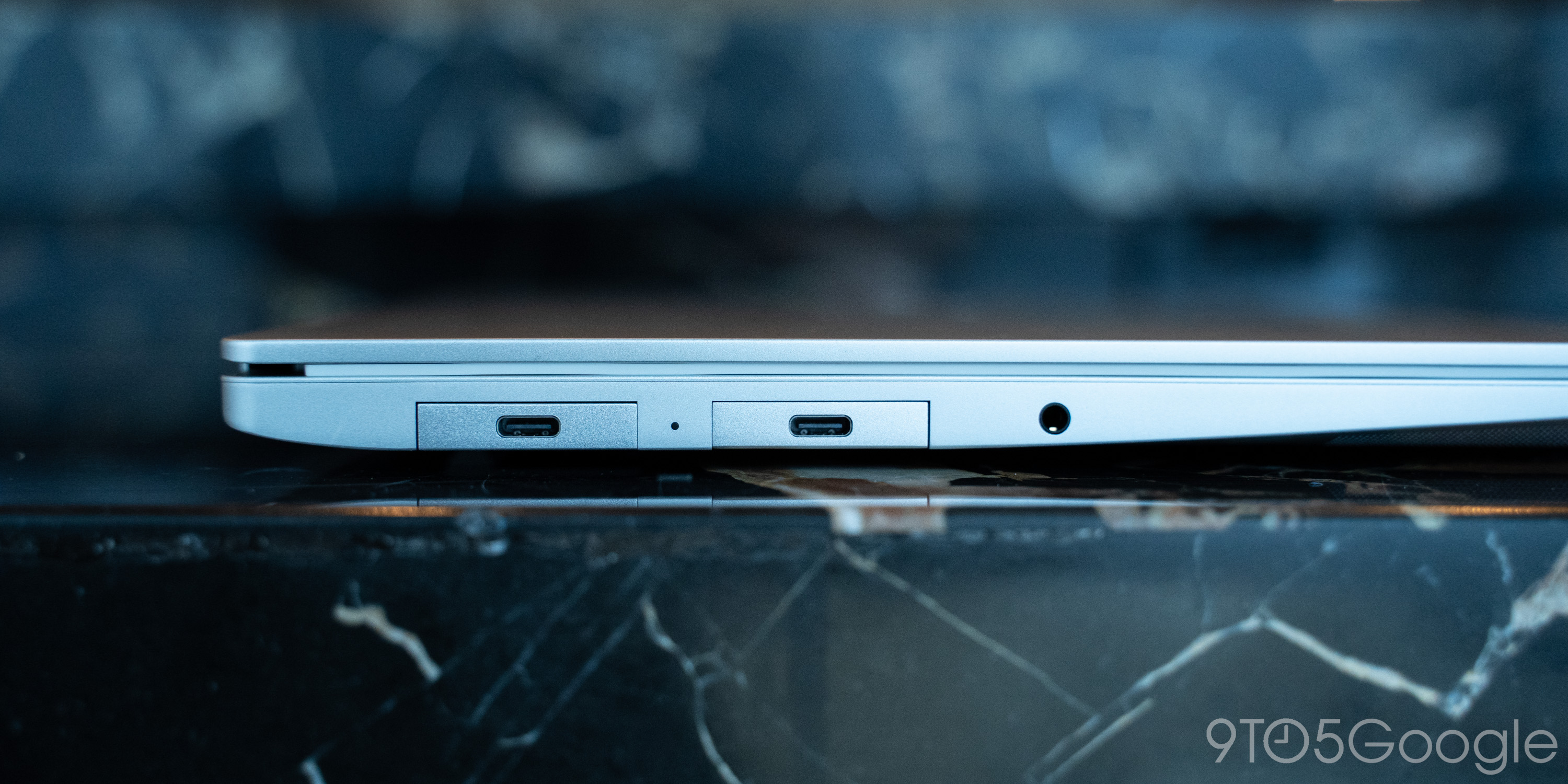
The Framework Laptop Chromebook Edition is a device unlike any other, tailor-made for the ChromeOS enthusiast, but a hard sell for anyone else.
Last year, Framework released the first Framework Laptop, proving once and for all that it was possible to design a repairable, upgradeable laptop. The hardware has been rightfully praised by the PC community for its quality and for being a good starting point into learning computer hardware.
Meanwhile, where Windows and Linux PCs have long had a reputation for being upgradable, Chromebooks have not exactly been looked on as fondly by enthusiasts. Some enterprise models are built to be repairable — one shudders to imagine what a school-owned Chromebook goes through in a year’s time — but upgrades are nearly unheard of.
Enter the Framework Laptop Chromebook Edition. The company now offers a supremely high-quality ChromeOS device using many of the same parts as the Windows/Linux version of the Framework Laptop. For the right person, this Chromebook is a dream come true.
Unboxing is a delight
One of the most exciting things about getting a new piece of tech is the few minutes you’ll spend carefully unsealing it and removing it from the box. For Chromebooks, this is usually a barebones delight with simple cardboard and plastic — no frills.
I can say with confidence that Framework has carefully crafted the best unboxing experience of any Chromebook I’ve ever seen. Once the outer box has been unsealed, the lid lifts to reveal a collection of smaller cardboard boxes within, leaving almost no space unused. It feels quite a bit like opening a new piece of IKEA furniture, and I mean that as high praise.
Inside the central box — which is decorated both outside and in — the Framework Chromebook is tucked inside a protective sleeve. Under the laptop, you’ll find a handy screwdriver, intended to further signal this laptop’s modability. Above that tool, you’ll also find two sheets of delightful Framework Chromebook stickers, following the same cardboard motif seen throughout the packaging.
Returning to the outer box, Framework has separately packaged the 60W USB-C power adapter, along with five special adapters to modify your Chromebook’s selection of ports.
Each additional step just prolongs the magic of unboxing new gear, and more importantly, Framework’s packaging is made with 80-90% recycled paper. The attention to detail here really goes a long way toward making a lasting first impression.
The moddable Chromebook
The core selling point of the Framework Chromebook is the fact that — unlike most ChromeOS devices — many of its specs can be upgraded after your original purchase.
Starting with the exterior, there are four slots for “expansion cards.” These are simple accessories that connect to recessed USB-C ports on the Chromebook, slotting into place almost like Legos.
In its most basic form, this is simply a matter of choosing which ports matter most to you. Want four USB-C ports? You got it. With an HDMI or DisplayPort card, you’re ready to connect to an external monitor. Options for USB-A and Ethernet ports help you connect to older accessories and networks.
You can even get some additional storage through a microSD card slot or up to 1TB of SSD storage. Better yet, you can swap any and all of the Framework Chromebook’s expansion cards on the fly, to suit the needs of any moment. At a minimum, you’ll need at least one USB-C expansion card to actually charge the Chromebook. The only port that’s included by default is the 3.5mm headphone jack.
The real fun, for enthusiasts and power users, is in the inside of the Chromebook. Using the included screwdriver — the opposite end of which is a flat wedge, useful for prying the device open without damaging it — you can take out the handful of screws to get at the internals.
The Framework Chromebook starts out with 8GB of RAM as its baseline, but this can be upgraded as high as 64GB, higher than any other ChromeOS device available today. This will set you back a pretty penny — $320 in the Framework Marketplace — but it’s genuinely impressive that it’s even possible.
Similarly, the 256GB of NVMe SSD storage can be upgraded as high as 1TB. This process is quite a bit trickier, though, as you’ll need to use Google’s recovery tools to install ChromeOS on the new drive.
Even the bezel around the display — which also houses physical switches for the microphone and camera — can be swapped out for one in a different color, as it’s attached only with magnets. The whole process takes no more than 30 seconds and allows for a bit of personal flair.

Should anything within your Chromebook ever fail, Framework also sells replacement parts and includes instructions on how to swap out the part yourself. This type of repairability is all but unheard of from a ChromeOS device.
Fans of Framework products will know that the original Framework Laptop can even have its CPU and motherboard upgraded to a newer generation of Intel chips. It’s possible that this may also eventually be the case for the Framework Chromebook, but so far Framework has not announced any plans for an updated ChromeOS mainboard.
Part of that is the question of whether Framework will continue to make Chromebooks. There’s likely also some engineering work to be done by Framework and Google for this type of hardware upgrade to go smoothly, as ChromeOS is tailored to each device’s needs.
That said, the company notes that other Framework mainboards will fit into the Chromebook’s chassis. So if down the line you want to switch your Chromebook to run Windows or Linux, you have the option to do so.
Simply put, the Framework Chromebook is built to last longer than any other ChromeOS device on the market today, while also adapting to the needs of each day. By this metric alone, the Framework Chromebook is worth every penny to someone looking to invest in a new Chromebook. For the ChromeOS enthusiast, there’s never been a better device.
Refined simplicity
Setting aside the many bells and whistles of customization that the Framework Laptop brand entails, at the center of it all is an exceptional piece of technology. The chassis is primarily made from (50% post-consumer recycled) aluminum, accented with black keys and a black Framework logo.
Nearly every piece of this Chromebook comes together in a cohesive, minimalist design. The only part that seems slightly out of place is the square, inset power button. On the Windows/Linux editions of this laptop, you’d normally find a fingerprint sensor there, but this had to be excluded for the Chromebook due to a compatibility issue. At the $1000 price point, this is a painful feature to be left out.
The keyboard is comfortably laid out, with just the right amount of spacing and travel. Similarly, the touchpad offers a satisfying click and has more than enough room for your fingers to move around. Having written this review from the Framework Chromebook itself, at no point did I find myself making awkward mistypes or having any noticeable discomfort in my hands or wrists.
On the display front, you’ll find a 13.5-inch, LCD screen that can get up to 400 nits of brightness. The display features a 3:2 aspect ratio, a fan favorite design for Chromebooks that allows for a bit more vertical space. Visually, the experience is fine at best, but it’s plenty good enough to be productive.
Unfortunately, the Framework Chromebook is a simple clamshell laptop with no touchscreen. This makes using Android apps a little less pleasant, but it isn’t a dealbreaker by any means.
Matching that productivity, the Framework Chromebook is equipped with a 12th Gen Intel Core i5 processor and an all-day battery life. Under a heavy workload, the fan will kick on and make a bit of noise, but the aluminum design keeps things cool for the most part.
Even Framework’s included 60W GaN power adapter is delightfully designed. The central power brick connects to the AC outlet with one cable and connects to the Chromebook with a standard USB-C cable. While it’s not a portable, low-profile charger, it’s cleverly designed to make each piece standard and easily replaceable. As someone who has lost numerous cables to the unyielding fangs of a cat, this is especially appreciated.

Should you buy the Framework Chromebook?
In a world of affordable ChromeOS devices, the Framework Chromebook stands bold with its $1000 price tag. In a one-to-one comparison, there are significantly more affordable Chromebooks on the market with similar specs — the recent slate of gaming Chromebooks comes to mind.
Instead, this is a laptop for the ChromeOS enthusiast. What you’re paying for is exceptional build quality, the ability to repair your own equipment, and a platform — a “framework,” if you will — to upgrade upon. For the right person, $1000 is worth every penny for a device unlike any other.
FTC: We use income earning auto affiliate links. More.












Comments